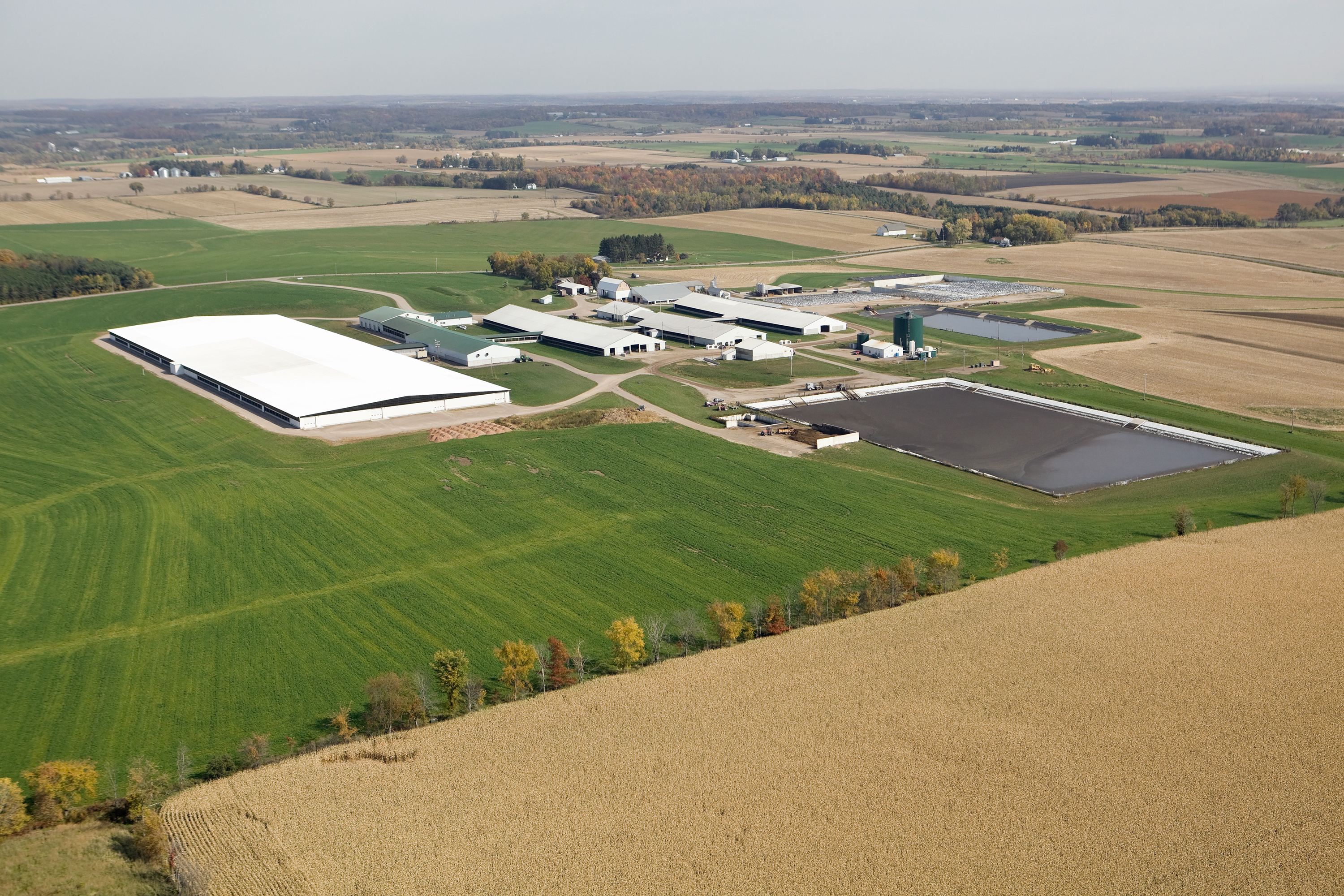Differing views on the best way to govern often become apparent as policies are developed and implemented. That’s the case when it comes to environmental regulations affecting agricultural producers.
Under former President Donald Trump, the Environmental Protection Agency (EPA) took the view of “cooperative federalism,” with a greater emphasis on states rather than federal leads on issues relating to enforcement.
The approach has been very different under President Joe Biden. The current approach is more akin to what has been coined as “command and control” – issuing more environmental regulations and putting a greater emphasis on enforcement.
That change has increased consequences on dairy and other agricultural producers. Here’s an update on some of the key regulatory issues advancing in the first quarter of 2023.
Waters of the United States (WOTUS)
The issue of what is and is not a regulated water has been discussed, debated and litigated for decades. Under the Trump administration, the EPA established the Navigable Waters Protection Rule (NWPR). The regulated community, by-and-large, applauded the rule as easier to understand and less intrusive. Environmental groups, on the other hand, were critical and, under Biden, the NWPR was vacated in 2021 as they sought to redefine WOTUS.
On Dec. 30, 2022, the new WOTUS rule was released. The regulated community, including farming groups, have been critical of the new rule.
One of the main concerns is that the final rule will leave many (if not most) decisions regarding regulated waters to case-by-case determinations. This uncertainty in many situations does not allow a potentially regulated person to determine whether the regulation applies to them. Accordingly, they can mistakenly think they can move ahead with their activity, only to be told later that they were in violation, resulting in fines and penalties as well as interruptions to projects. Additionally, determinations by regulators often delay developments, in some cases for years.
The American Farm Bureau Federation (AFBF), along with 17 other organizations, has filed a lawsuit challenging the new WOTUS rule. The hearing for that case is scheduled for April 5, 2023.
On Feb. 16, 2023, another lawsuit (filed in North Dakota) was brought by 24 states challenging the new WOTUS rule. The plaintiffs in the legal action are claiming, contrary to the intent of the Clean Water Act of 1972, the new WOTUS rule appropriates states’ rights and empowers the federal government to “seize control over the nation’s water management.”
Adding a complication to the new WOTUS rule is the pending decision by the U.S. Supreme Court on a question of jurisdiction that stopped the plaintiff from developing their land (Sackett v. EPA). Several groups urged the Biden administration to withhold the final WOTUS rule until the Supreme Court ruled on the Sackett case, which some court watchers believe will be ruled in favor of the Sacketts and limit the EPA’s jurisdictional authority over regulated waters.
Bottom line: It appears the dust is far from settled as it relates to defining regulated waters.
Environmental justice
Another developing governance issue relates to an executive order (EO) signed by President Bill Clinton almost three decades ago. That “environmental justice” order sought to provide “fair treatment and meaningful involvement of all people regardless of race, color, national origin or income with respect to the development, implementation and enforcement of environmental laws, regulations and policies.” The EO was aimed primarily at regulation of industries in urban and poor rural communities.
Over the years, other administrations gave a nod to that order, but it has remained mostly toothless. Not so under President Biden.
“We’ve put environmental justice at the center of what we do, addressing the disproportionate health, environmental and economic impacts that have been borne primarily by communities of color – places too often left behind,” according to a statement on the whitehouse.gov website.
With the addition of a “Cumulative Impacts Addendum” in January, the Biden administration is seeking to incorporate a number of qualitative measures into environmental permitting. For example, the local circumstances related to the economy, community, home, school, demographics, safety and welfare might be used to modify regulation enforcement, such as permit development under total maximum daily load (TMDL) rules.
“Under such a TMDL, a CAFO located in a community which the EPA identifies as experiencing greater cumulative impacts could be required to limit nitrate emissions more than a similar facility that is subject to the same TMDL for the same water body but is located in a different community,” according to a recent article by the National Agricultural Law Center.
With several environmental groups opposed to CAFOs, they may view this as a tool to stop CAFO developments or expansions.
Effluent limitation guidelines
Finally, to round off a very busy end of 2022 and the start of 2023, the EPA announced plans for several different effluent studies under the “Effluent Guidelines Program Plan 15.”
Plan 15 includes a new study on CAFOs to make an “informed, reasoned decision” on whether to undertake rulemaking to revise the effluent limitation guidelines (ELGs) for CAFOs. This study is being conducted in response to a lawsuit brought by the environmental group, Food and Water Watch, an organization opposed to CAFOs and routinely classifying them as “factory farms.”
This is only an announced study at this time, but it will be important to monitor it to see if any subsequent regulations may be proposed as a result.
PFAS
There are several other environmental issues that may be significant in 2023. Of specific interest is the proposed listing of certain per- and polyflouoroalkyl substances (PFAS) as hazardous substances under the Comprehensive Environmental Response Compensation and Liability Act.
As they say, stay tuned.







